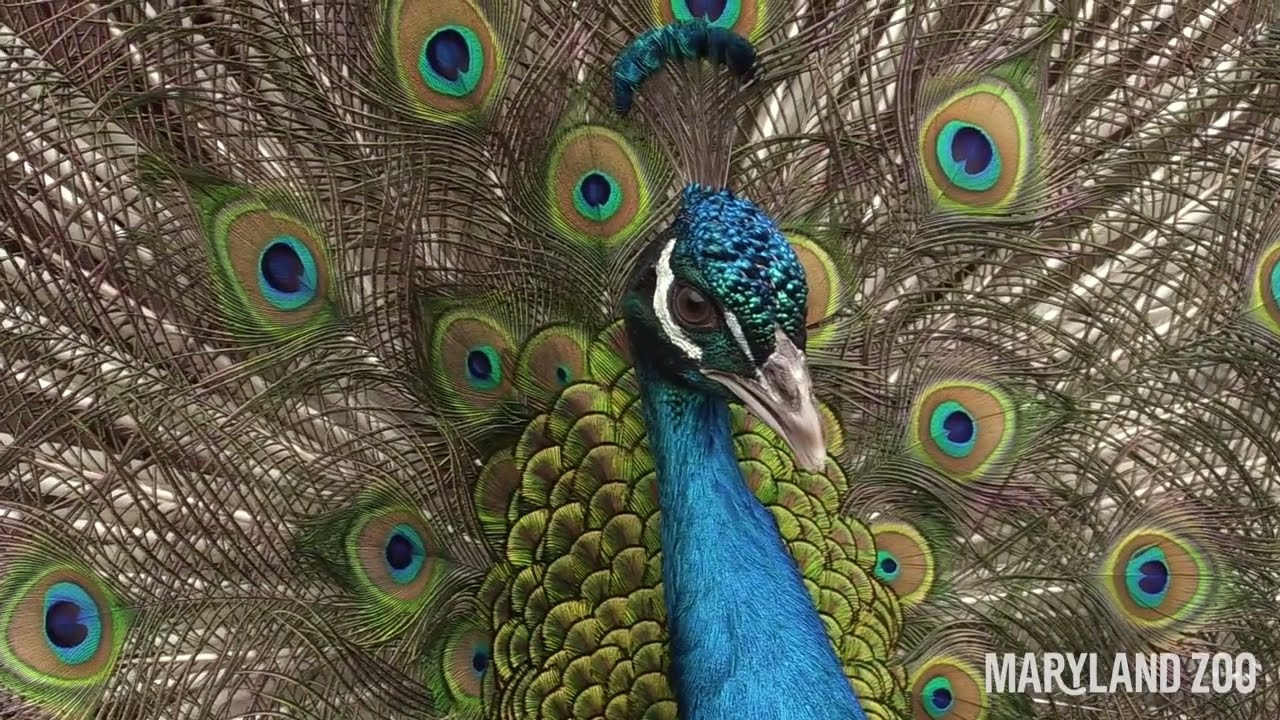- The cultural and biological significance of the peacock dance
- The anatomical features of peacocks that facilitate their dance
- The behavioral aspects of the peacock dance in relation to mating and social dynamics
- Conservation efforts aimed at preserving peacock populations and their habitats
- The role of zoological management in maintaining peacock populations under human care
Peacock dance, a spectacle of elegance and detail, is more than a visual feast. It holds both biological and cultural significance, serving as a bridge between nature and humanity’s fascination with beauty and courtship. Renowned for their vibrant plumage and distinctive courtship rituals, peacocks have been an integral part of various cultures, often symbolizing majesty, beauty, and grace. In many traditions, the peacock is seen as a sacred symbol, and understanding its dance offers insights into evolutionary biology and cultural anthropology.
The vibrant display by the peacock, especially during mating seasons, involves fan-like spreading of their intricate feathers. The peacock’s train consists of elongated upper tail coverts, not true tail feathers, adorned with eye-catching ocelli—ocellations that create the ‘eyes’ in their feathers. This elaborate display is believed to have evolved through sexual selection, where females, or peahens, prefer males with more extensive or more colorful trains. This preference drives the development of longer and more elaborate trains over generations, a prime example of Darwinian evolutionary theory.
Peacock feathers are not just for show; they are marvels of biological engineering. The iridescence of their feathers is attributed to microscopic structures that refract light, creating the vivid colors that captivate both humans and peahens alike. This phenomenon, known as structural coloration, involves the microscopic layering of keratin and air, producing colors that change with light and perspective. These structures are not only crucial for mating rituals but also play a role in signaling fitness and vitality.
Peacocks are renowned for their extraordinary courtship dance and the enchanting vocalizations accompanying these displays. During the courtship ritual, the male positions himself strategically to maximize the impact of his splendid feathers. Vibrating his feathers to create a rustling sound adds an auditory dimension to the visual spectacle. While this display primarily aims to attract a mate, it also underscores the peacock’s position within its social hierarchy. Notably, peacocks without their trains due to molting or injury exhibit altered social dynamics, emphasizing the feathers’ evolutionary and social roles.
Conserving peacocks and their habitats is crucial. Habitat loss and fragmentation pose significant threats to their populations in the wild. Deforestation and agricultural expansion reduce their natural habitats, affecting their breeding and survival prospects. Various conservation programs aim to protect these avian wonders by preserving their natural environments, promoting sustainable agricultural practices, and raising awareness about their ecological importance. Ensuring genetic diversity within captive and wild populations is another critical focus, assisting in the long-term viability of peacock species.
Zoos and wildlife reserves play a vital role in managing and preserving peacock populations. These institutions offer controlled environments where peacocks can be studied and bred without the pressures of wild habitats. Such initiatives facilitate not only species preservation but also serve as educational platforms, enlightening the public about peacock ecology and behavior. Advanced breeding programs focus on maintaining genetic diversity, crucial for the health and resilience of captive populations. Through research and collaboration, zoological management provides pivotal insights into the life and conservation of these majestic birds.
In conclusion, the peacock dance is a complex interplay of biological beauty and ecological significance. Through anatomical marvels and behavioral nuances, it encapsulates essential lessons in evolution, adaptation, and the biodiversity that enriches our planet. Engaging in effective conservation strategies and proper zoological management ensures that future generations can continue to appreciate and learn from these extraordinary creatures.
*****
Source Description
Dance like a peacock with Nick the Music Man, Pinky Jackalope, and Smithsonian educators Brigitte and Jennifer!
This video was created for the Get a Head Start with the Smithsonian (GHSS) program. This National Zoo-based project brings the entire Smithsonian Institution into your preschool or Head Start classroom! GHSS explores popular Pre-K themes with live 30-minute virtual field trips that feature music, movement, and amazing animals. Caregivers can continue the fun by accessing playful, easy-to-use activities created by Smithsonian museums that meet early learning standards.
To learn more, please visit: https://nationalzoo.si.edu/education/get-head-start-smithsonian


